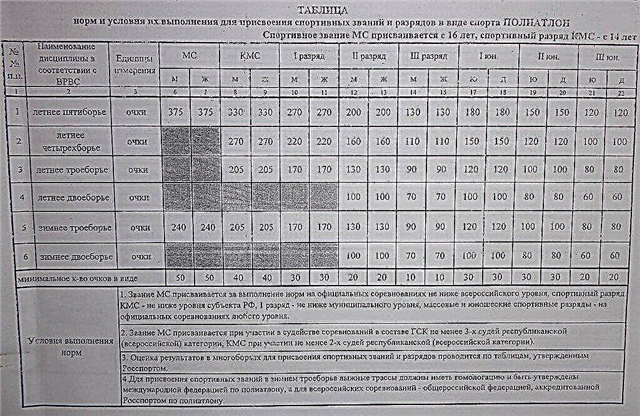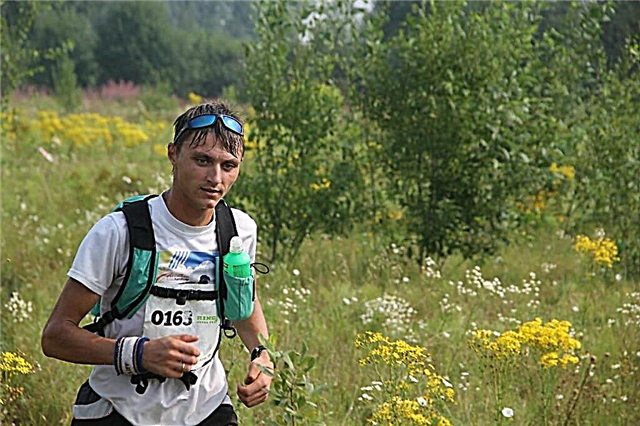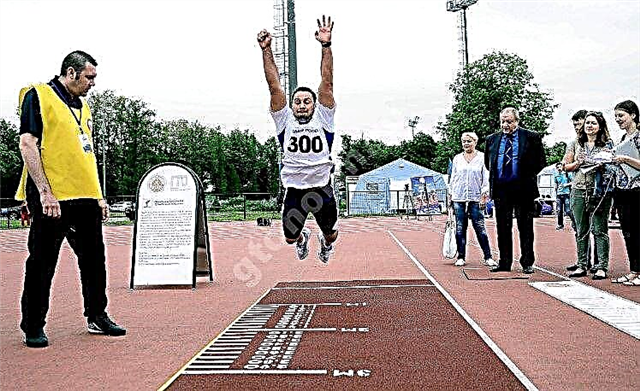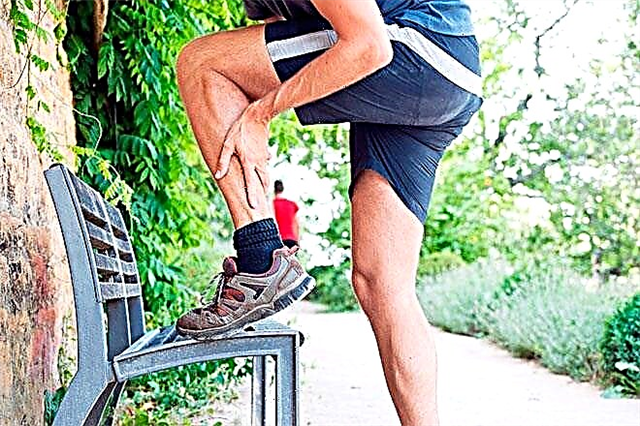The average length of the distance is considered the most optimal. There is an opportunity to apply various techniques and techniques.

In the whole process, oxygen starvation and fatigue of the body occur at 800 meters or more, which requires a special calculation of strength and endurance. How is middle distance running in athletics carried out? Read on.
What is middle distance running?

This is one of the popular sports. Such a run is in the middle of disciplines, different in intensity and length of distance.
In most cases, athletes with developed muscles and a good running pace are suitable here. This allows you to achieve certain results by controlling your speed and breathing.
Women and men have different characteristics of the body, so the results will be different. Run preparation and training are also calculated based on individual specific qualities.
The average distance is considered to be the interval from 800 meters to 3 kilometers. There is also an obstacle race at the Olympiads. Among men, in the 800-meter race in 2012, the best result was 1.40.91 seconds. It was installed by an athlete from Kenya. Among women, the indicator is lower - 1.53.28 seconds.
Medium distance running technique
To achieve excellent results, various techniques from leading Russian and foreign coaches are developed and applied in practice. With the right preparation, the athlete can make the most of the effort to win. The whole training process takes place in several stages.
Start, starting acceleration
- A high start is important here. Runners line up before the start of the race (no torso bending).
- After the sound signal, their body goes into a stance (the jogging leg extends in front of them, and the swing leg becomes behind the heel at a distance of 20-30 centimeters), their legs should be bent at the knees and their hands clenched into fists.
- A certain rule applies here. When extending the jogging leg, the right hand should be in front, and with the swing, the left hand should be behind.
- It is recommended to relax the muscles before the starting acceleration, since tension will build up before the decisive signal.
- After the beep, the athlete makes a strong forward push. His body straightens, and his arms help maintain balance and increase the takeoff run. Acceleration of speed is very fast for going forward and overtaking rivals.
- The runner can then distribute forces over the course for further savings. It is recommended to mentally calculate the time and distance to the finish line in order to determine as accurately as possible the time of acceleration or deceleration.
Starting acceleration plays a very important role in middle distance running. It is he who makes it possible to get ahead of other participants, to rest during the passage of most of the route, and then go to the finish line at high speed.
Distance running
- At this stage, the person is advised to monitor the cadence and breathing. The length and cadence are calculated for certain sections of the distance.
- At first (the first 100 meters), the runner should make intense movements, and then smoothly move to a frequency of 3-4 steps per second.
- It is recommended not to slow down and keep the pace in accordance with the methodology.
- The body should be tilted forward at -7 degrees, and the arms should help to catch up with speed.
Finishing
- At this stage, the race ends. Here it is recommended to accelerate to overcome the rest of the track.
- Acceleration is usually carried out 300-350 meters before the finish line.
- The process itself is called octopus.
- When running, the athlete must tilt the shoulders and torso forward. With this technique, there is a huge chance of winning.
The training process

Training is a must for any sport. They usually include exercises for all muscle groups.
Runners are advised to observe the water-salt balance, as well as the uniformity of breathing, when doing exercises. These are important parts of every race. Also, athletes are prescribed a diet to maintain weight, health of the whole body and get maximum energy.
When running at medium distances, it is recommended to engage in persistent development of the leg muscles. For this, coaches use walking and running around the gym, on the street, jumps and squats, lunges with a barbell, warm-up of the feet and exercises on simulators.
In the process of preparing for the competition, the athletes are explained the moments of acceleration and rest. These actions help concentrate and maintain strength throughout the course.
Exercises to Improve Results
Speedladder.
For beginners, exercise caution and use only light weights to avoid injury in the early stages.
The optimal weight for an athlete is one that can be approached at least 10-15 times (repetitions). It is recommended to perform a set of power loads for 6-8 weeks, gradually increasing the weight in agreement with the trainer.
Warming up muscles usually includes:
- Pulling the knees to the chest while standing;
- Side lunges (including with a load);
- Frontal lunges;
- Plank execution;
- Deadlift;
- Performing squats (with weights and on one leg).
Exercises to increase your running speed.
After diligent strength training, the athlete is given rest. After that, the whole day should be devoted to increasing the speed of the race. This is necessary to improve the efficiency and fix the running technique. At the end of the working day, the athlete is given free time to restore the body.
This sport is a huge effort. A runner's physical training must include: measuring heart rate, blood pressure before and after training; checking the physical and moral condition.
The main component of middle distance running is breathing control. It is it that helps to tune the muscles for endurance and endurance, leading the athlete to victory.









